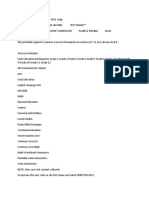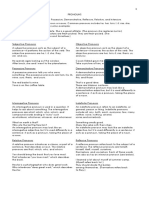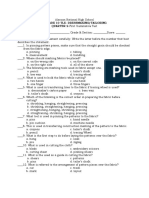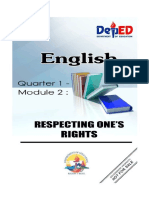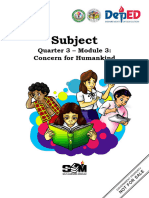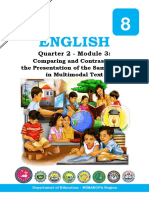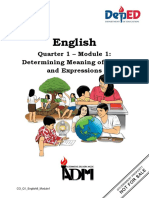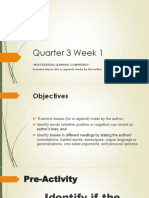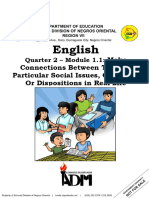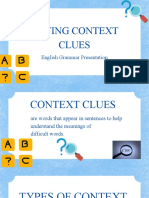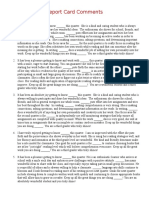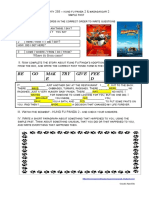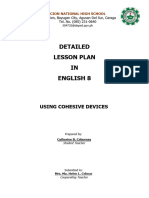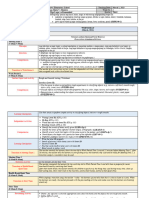57% found this document useful (7 votes)
16K views1 pageTypes of Context Clues
The document describes 9 different types of context clues that can help determine the meaning of unfamiliar words: 1) definition, 2) synonym, 3) antonym, 4) comparison, 5) example, 6) explanation, 7) cause-effect, 8) list or series of clues, and 9) inference. Each type is explained and an example sentence using that context clue is provided to illustrate how the meaning can be understood from context rather than explicitly defined.
Uploaded by
Anna PalmarinCopyright
© © All Rights Reserved
We take content rights seriously. If you suspect this is your content, claim it here.
Available Formats
Download as DOCX, PDF, TXT or read online on Scribd
57% found this document useful (7 votes)
16K views1 pageTypes of Context Clues
The document describes 9 different types of context clues that can help determine the meaning of unfamiliar words: 1) definition, 2) synonym, 3) antonym, 4) comparison, 5) example, 6) explanation, 7) cause-effect, 8) list or series of clues, and 9) inference. Each type is explained and an example sentence using that context clue is provided to illustrate how the meaning can be understood from context rather than explicitly defined.
Uploaded by
Anna PalmarinCopyright
© © All Rights Reserved
We take content rights seriously. If you suspect this is your content, claim it here.
Available Formats
Download as DOCX, PDF, TXT or read online on Scribd
/ 1
